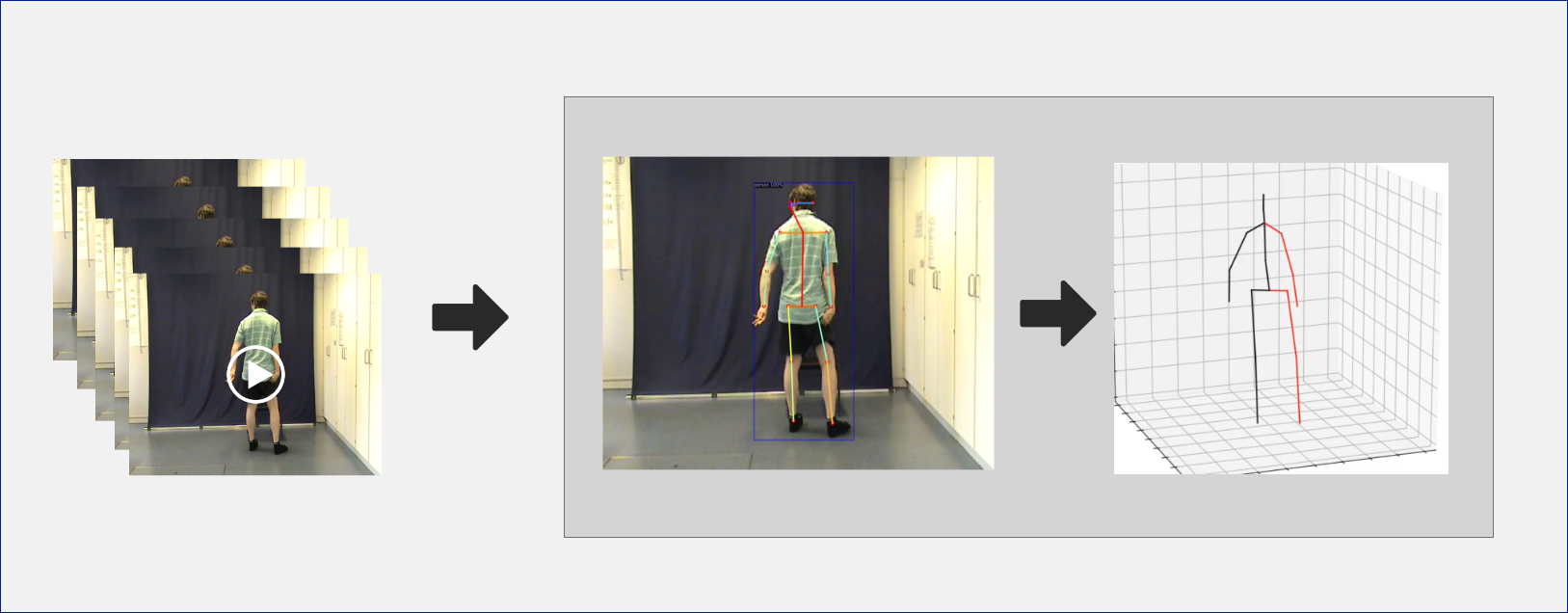
Motion Analysis for Clinical Classification of Dystonia Patients using deep Learning-based Approach
The research aims to pioneer a deep learning-based algorithm capable of classifying diverse dystonia types and predicting their severity by analyzing patients’ gaits and poses through single-camera videos. This endeavor seeks to introduce an objective diagnostic tool applicable within clinical settings.
Problem:
Dystonia, a neurodegenerative disorder characterized by involuntary muscle contractions, presents challenges in accurate diagnosis, particularly due to its varied manifestations and subjective assessment in clinical settings. Traditional diagnosis methods are prone to subjective bias, highlighting the need for an unbiased and objective diagnostic approach.
Research Aim:
The primary goal is to explore the potential of deep learning-based computer vision techniques in extracting clinically relevant features from single-camera videos for unbiased classification of different dystonia types and severity prediction. The research endeavors to delve into gait analysis, automatic pose detection, motion estimation, and advanced algorithms to develop a predictive model enhancing diagnostic accuracy and reliability.
Outcome So Far:
The research has commenced with an exploration of deep learning techniques and preliminary experiments in gait analysis and pose detection from single-camera videos. Initial findings suggest promising potential in extracting relevant features for dystonia classification and severity prediction. Ongoing efforts focus on refining the model and validating its performance against traditional clinician diagnosis methods, aiming to provide a robust diagnostic tool for improved dystonia assessment.
Team: Ajad Chhatkuli, Bishesh Khanal, Nabin Koirala and Saugat Bhattarai